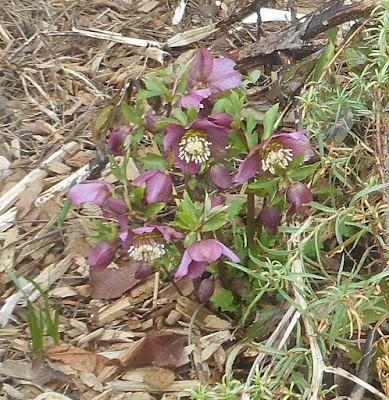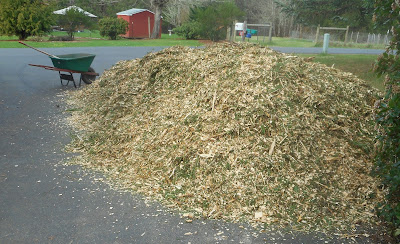 |
| Fava Bean Botanical Illustration |
 |
| Fava Bean Seeds. 2.13.16 |
The illustration is via Wikipedia, public domain due to age.
Fava beans have been grown since the bronze age (Wikipedia). They have been found in Egyptian tombs. Ancient Greeks and Romans grew them. They are eaten in cultures around the world, but minimally in the US. I have never eaten them.
I became interested in favas due to reading about their utility for soil building. Favas are a kind of legume, different species from the better known American garden beans. They are very cold tolerant, whereas most beans require warm summer sun and soil. Favas can survive through the winter in the Pacific Northwest (OSU dept of horticulture), or can be planted as soon as the soil can be worked. Which is now. The raised bed soil is easily worked and friable.
Never having grown favas before, let alone eaten them, this is all new to me. Documenting here as we see what happens.
They are planted deeper than most seeds, due to size. I planted in furrows about 1 to 2 inches deep. After planting, I did not water because it is pouring rain.
 |
| Fava Bean Seeds in Furrows. 2.13.16 |
They will need protection from deer and rabbits. This raised bed already has chicken-wire fencing to 5 feet, taller than they are expected to grow. I should add a top of bird netting so the avian herbivores don't dig them up. Might not be a problem, these are much bigger compared to the pea seeds that birds dig up and eat.
It may be a few weeks to germination, in this cool weather. Expect to post when that occurs.











